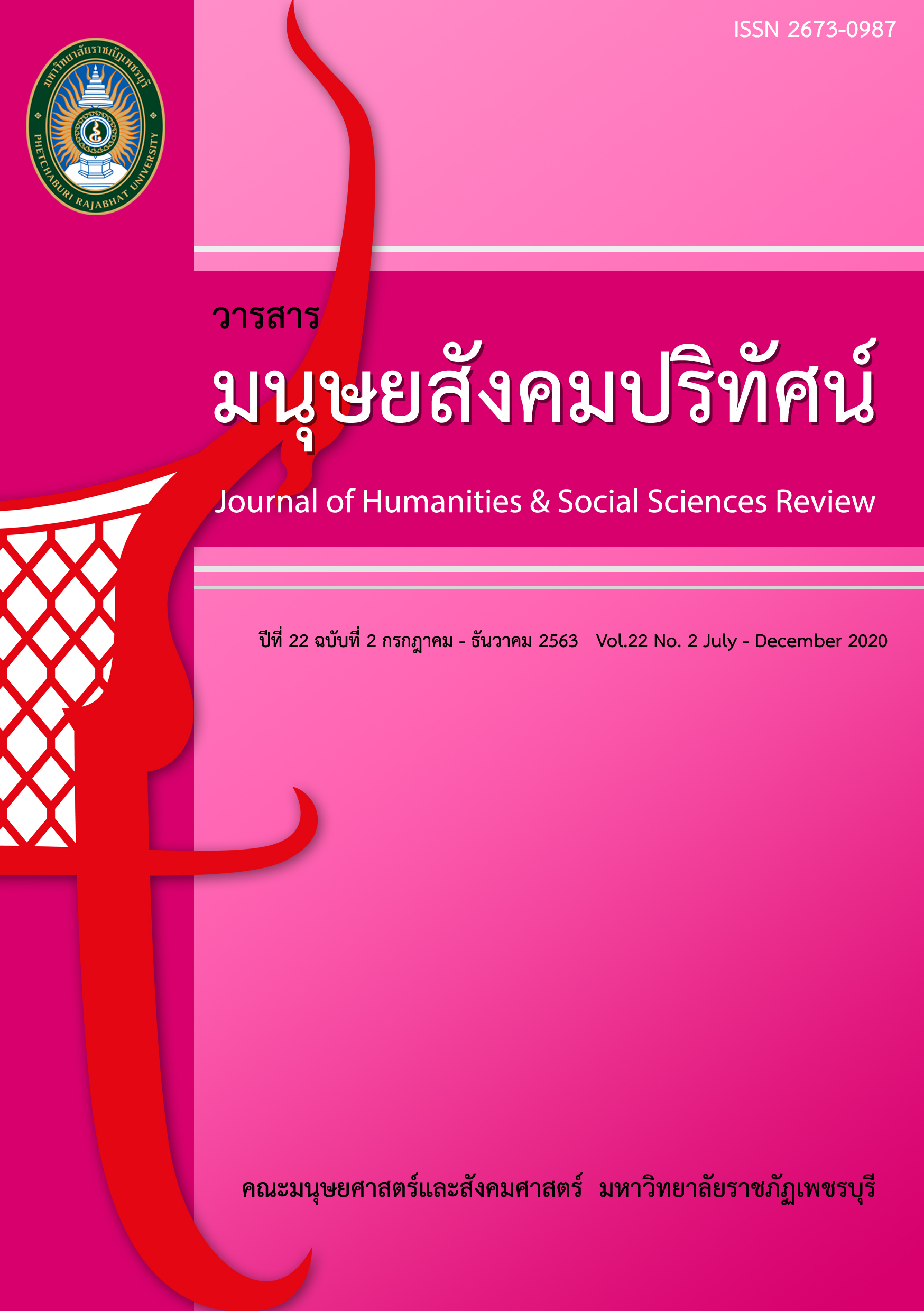The Design of Art Toy that Combines the Emotion and Feeling of Childhood with Interaction
Main Article Content
Abstract
In today's society, information technology and Internet network was increasingly being developed. People could get information quickly. They lived in a fast-paced social environment, had anxiety, and felt a loss of security. The increasing number of young people who enjoyed art toys reflected the demand for emotional happiness. As a product consisted of designer's thought and personality, art toys became a bridge between player and emotion. The creation and production of art toys were integrated into the empathy and interaction design of childhood. It could help the player to relieve the pressure of life when recalled happiness and good memories in childhood. At the same time, promoting the design innovation and creation of art toys could enrich the diversity of toy entertainment as well as to offer the players more choices. The art toys could be used as the carrier of thoughts and emotions between designers and players by increasing the fun of art toys. They would make more people like it and joined the group of art toys that brought happiness.
Article Details
1. Any views and comments in the article are the authors’ views. The editorial board has not to agree with those views and it is not considered as the editorial board’s responsibility. In case, there is any lawsuit about copyright infringement, it is considered as the authors’ sole responsibility.
2. The article copyright belonging to Faculty of Humanities and Social Sciences, Phetchaburi Rajabhat University are copyrighted legally. Republication must be received direct permission from the authors and Phetchaburi Rajabhat University in written form.
References
2. Chenxi, L. (2017). Talking about the value of art toys from the cross-border cooperation of KAWS. Journal of Art Science and Technology, 6: 220-228.
3. Houyu, S. (2014). In-depth interpretation of the design connotation of art toys and traditional toys. Journal of Zhengzhou Institute of Aeronautical Industry Management (Social Science Edition), 4: 162-173.
4. Jie, F. (2015). Design of interactive art toys based on somatosensory technology. Journal of Modern Decoration (Theory), 10: 9-10.
5. Xia, L., & Feihu, C. (2014). Pop strategies in the consumer era : An analysis of the art toy phenomena. Journal of Arts Exploration, 1: 63-66.
6. Xiangyuan, Z. (2019). Analysis on the rise and development of art toy industry in china. Journal of Technology and Industry Across the Straits, 2: 141-146.
7. Xinyi, H. (2011). Comparison of art toy and traditional toy design. Journal of Hundred Schools in Arts, 6: 259-232.
8. Xiuli, G. (2014). Research on interactive toy installation art in contemporary art. Liaoling: Dalian University of Technology.
9. Yaqi, C. (2013). Empathy design of hand-made dolls. Hubei: Huazhong Normal University.
10. Yongquan, Z. (2011). Concept designs for the monkey king. Beijing: China Youth Publishing House.
11. Yuan, S. (2010). Global art toys develop rapidly. Journal of Toys World, 8: 39-40.
12. Yuan, S. (2010). New business opportunities, toy world journal. Journal of Art toys, 7: 47-48.
13. Yue, M. (2019). POP MART makes a trendy play leading brand. Journal of Toy Industry, 3: 76-77.
14. Zhiying, Z. (2019). Quick mode stimulates the vitality of tide play products. Journal of Toy Industry, 3: 72-73.


